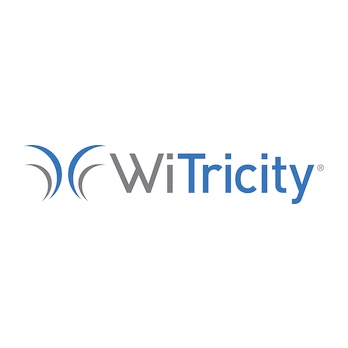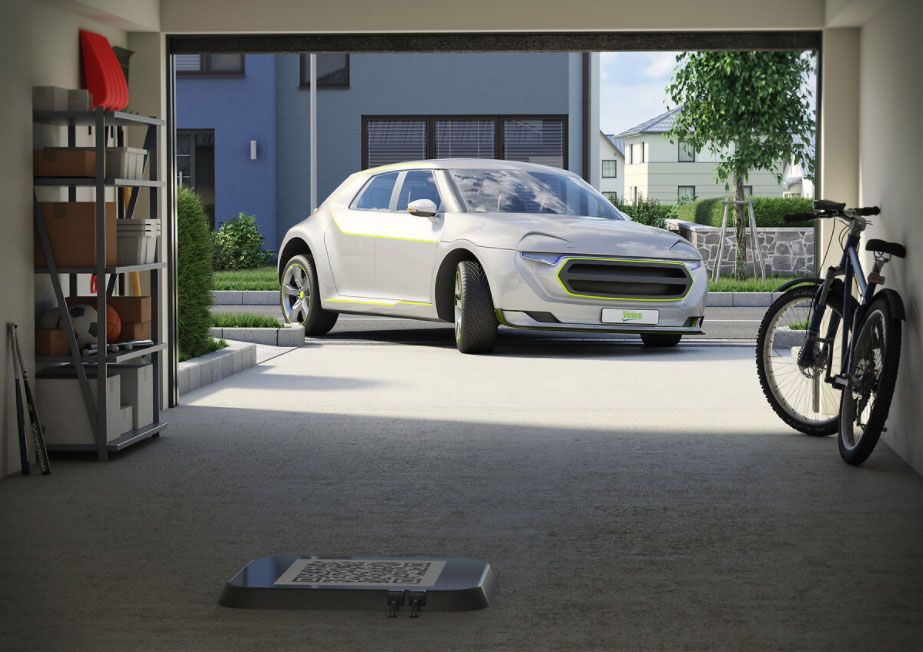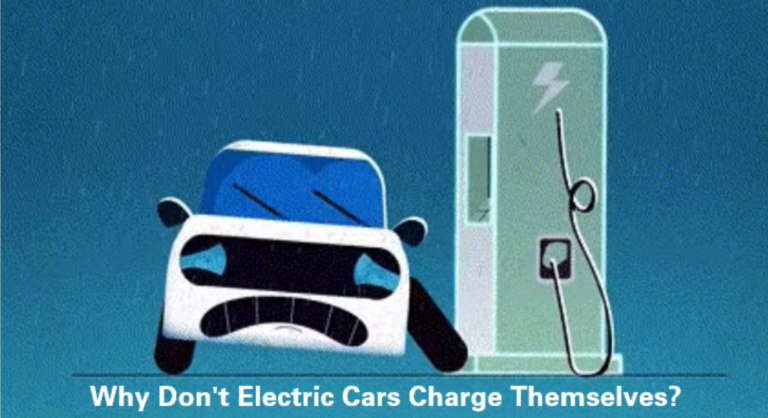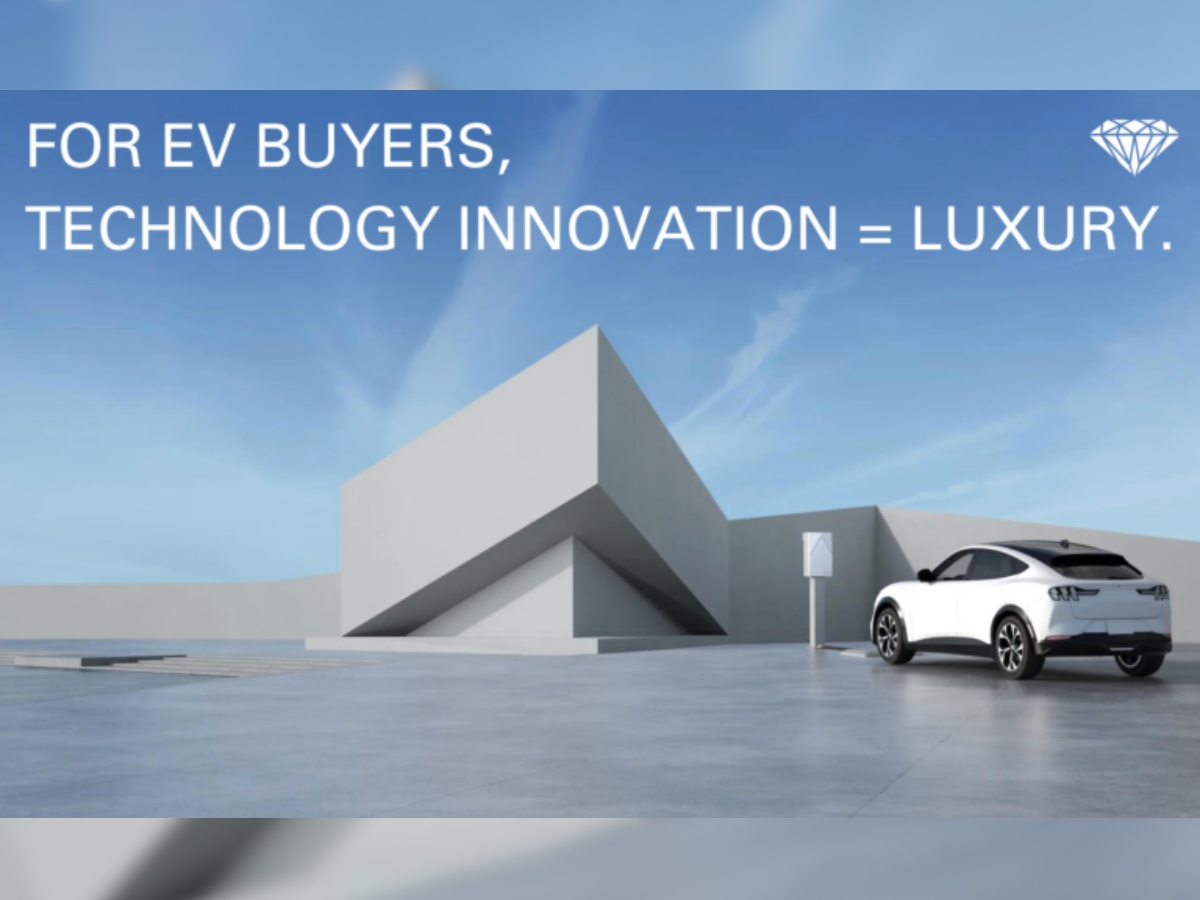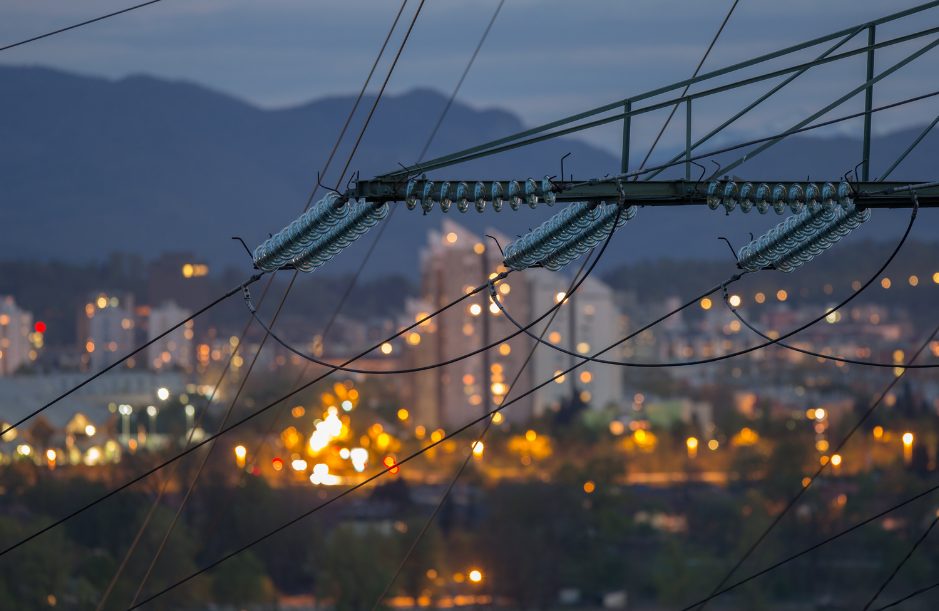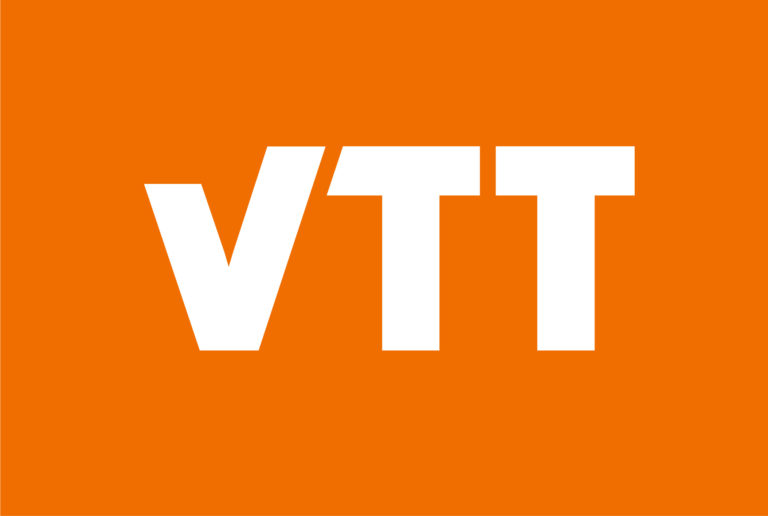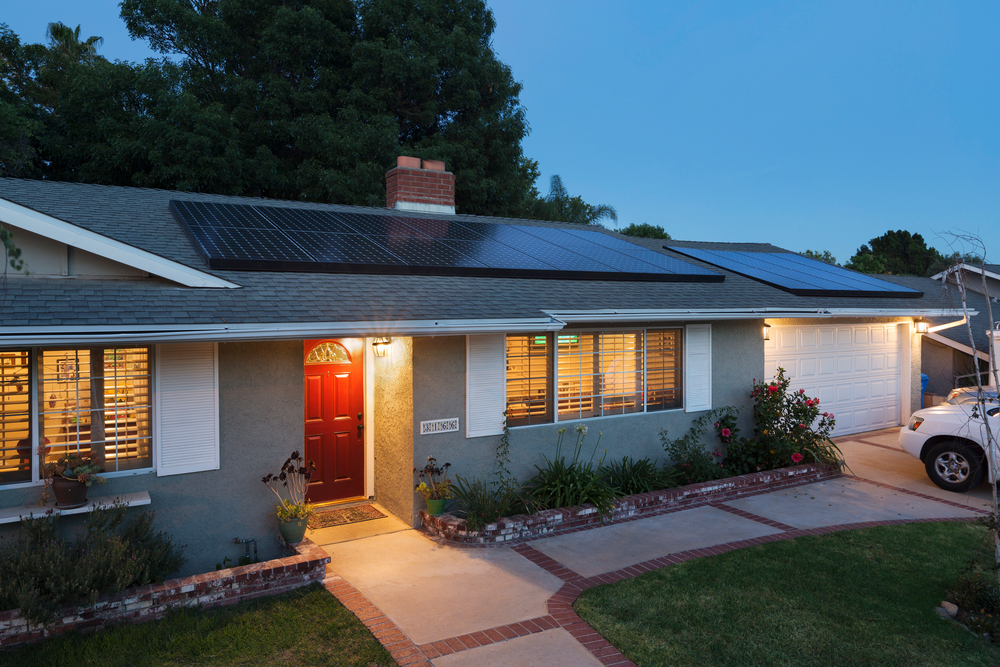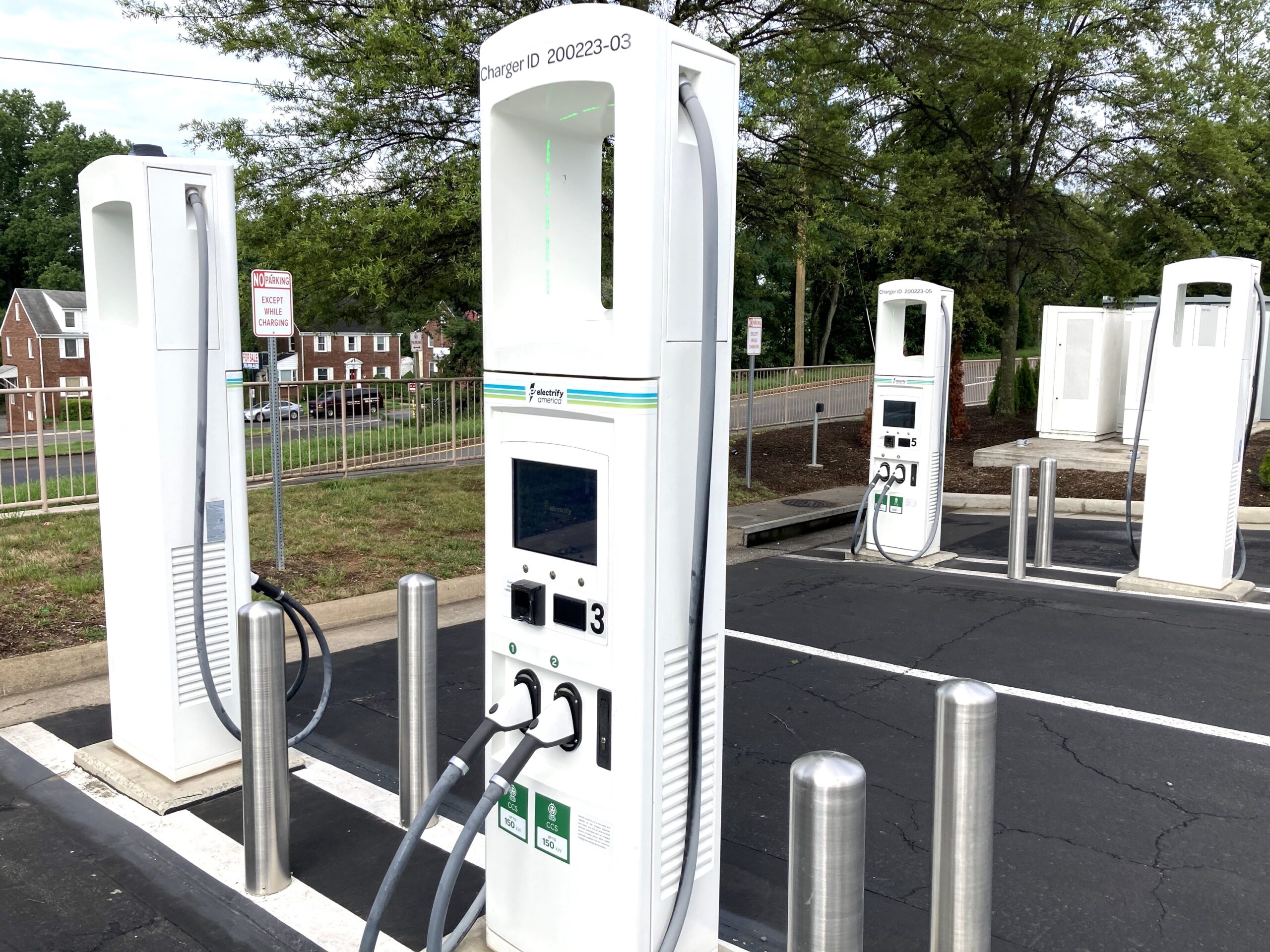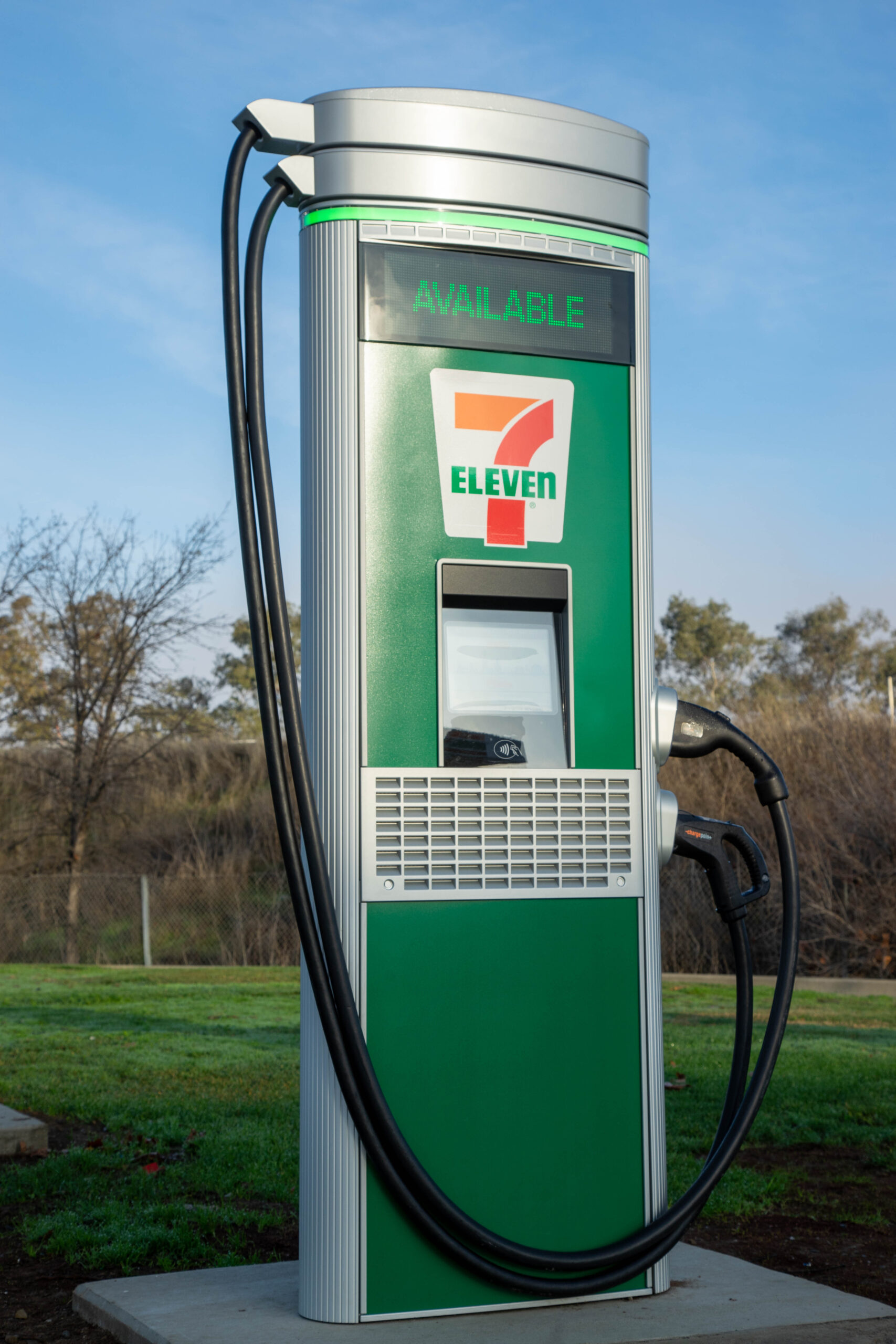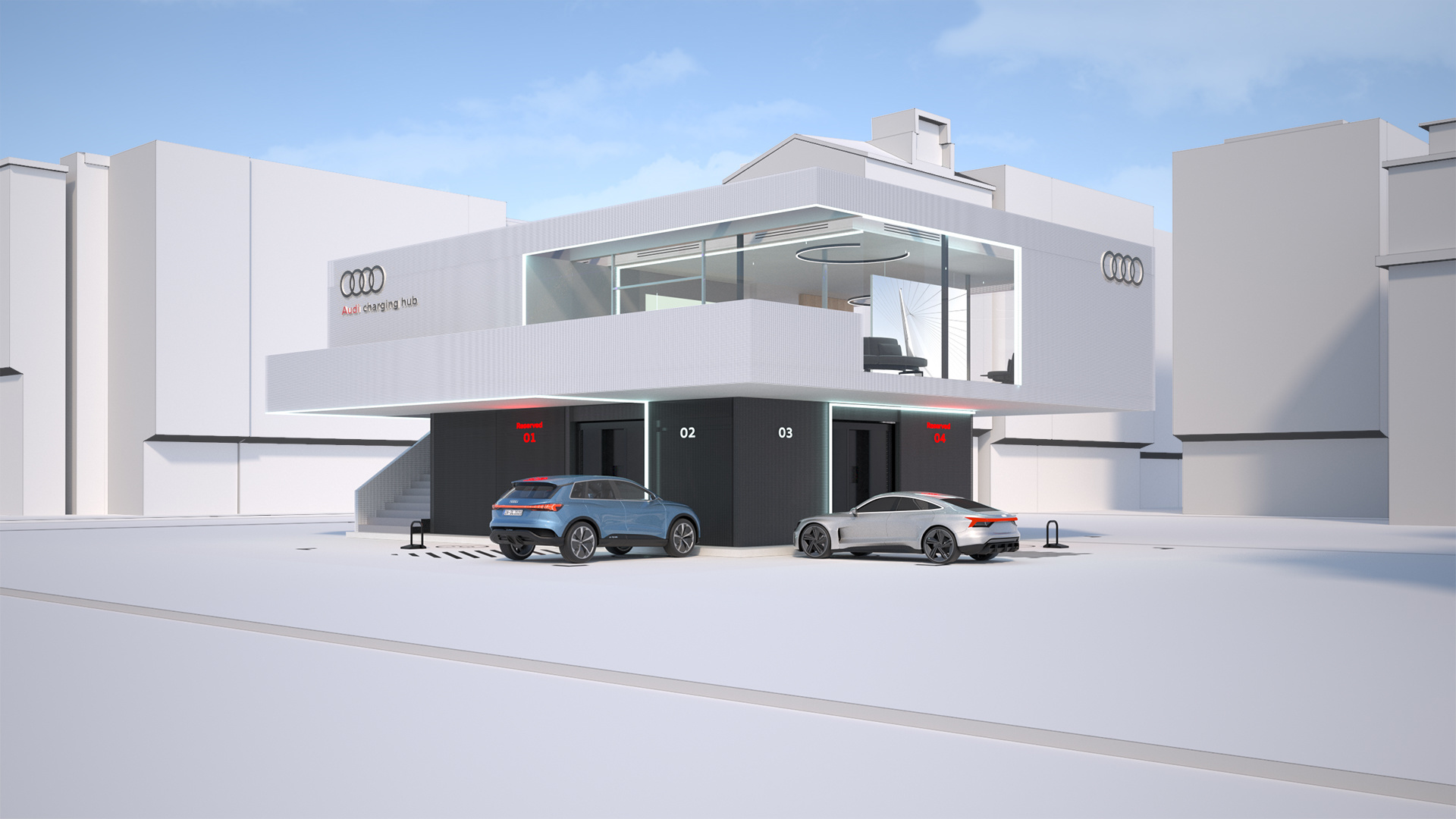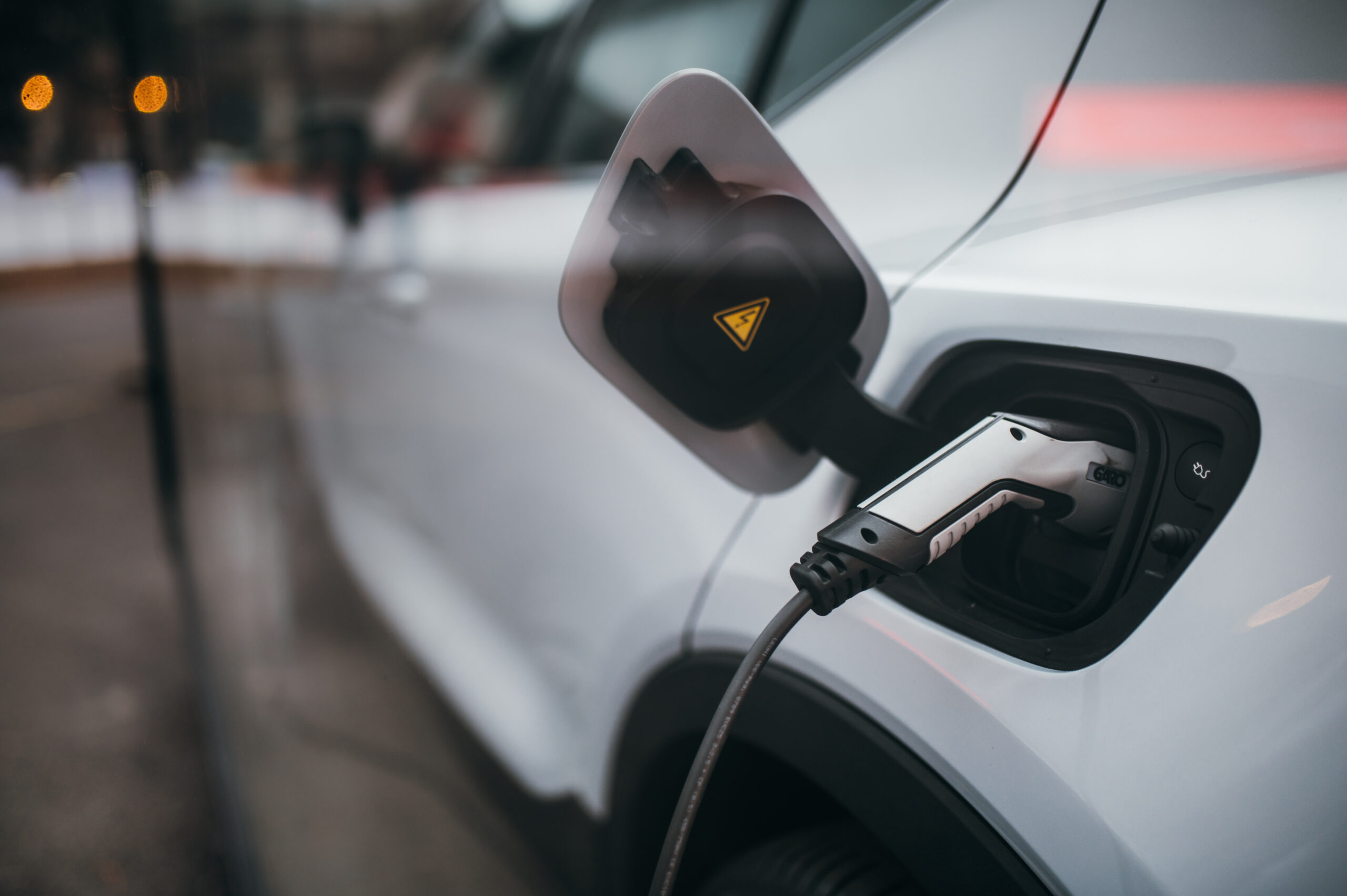WiTricity Blog: Myths About Wireless Charging
- By WiTricity CMO Amy Barzdukas
It’s great to see the leadership that Korean automakers are taking in adopting new charging modalities for electric vehicles. Wireless charging is the future. (Okay, I’m a little bit biased now with four weeks on the job!)
Let’s take a look at some of the myths around wireless charging for EVs.
Myth: “It’s not real yet.”
As we’re seeing with the reports on Hyundai getting ready to release vehicles that support wireless charging – clearly that’s not the case. We’ve also been cheering on news this week about McLaren and the new Speedtail, and see public buses taking advantage. It’s not just an experiment, it’s here. And there are compelling use cases for both personal and commercial application.
Myth: “It would take too long to charge.”
Nope. The wireless charging standard built on WiTricity’s patented solution charges just as quickly as a Level 2 plug-in charger. And since you don’t worry about remembering to plug it in – you’d just park and go – it adds peace of mind as well.
Myth: “Plug-in charging is 100% efficient, and wireless, well…”
Remember, we’re dealing with electricity here, and it needs to be respected. Both wireless and plug-in charges have functional blocks to protect your home and vehicle, and those blocks prevent any charging from being 100% efficient. Most Level 2 chargers are between 89-94% efficient, and so is the wireless charging built on WiTricity’s technology.
Myth: “Is plugging in really that much of a hassle?”
It’s human nature to find easier, simpler solutions to things that may seem at the time to be “good enough.” (Indoor plumbing anyone?) But a simpler solution with no moving parts means a more reliable charge: no dealing with an armful of squirming toddler while trying to wrangle the cord, nothing to fumble with in inclement weather, nothing to break or get stolen. In commercial applications – I’m talking to my #fleet friends – those charging cords just get bigger, more unwieldy, and more expensive, where they become tripping hazards to boot.
Myth: “It would take too much trouble to get the alignment just right.”
Wireless charging for EVs isn’t like the inductive charging you might use for your toothbrush or phone, where the coils must align perfectly to get a charge. The standard based on WiTricity’s design uses magnetic resonance, which is pretty forgiving. So you just drive up, park, and walk away.
Can’t wait to see more automakers worldwide start to adopt! Want to learn more? Sign up for the WiTricity newsletter.
This article was originally published by WiTricity Corporation.


